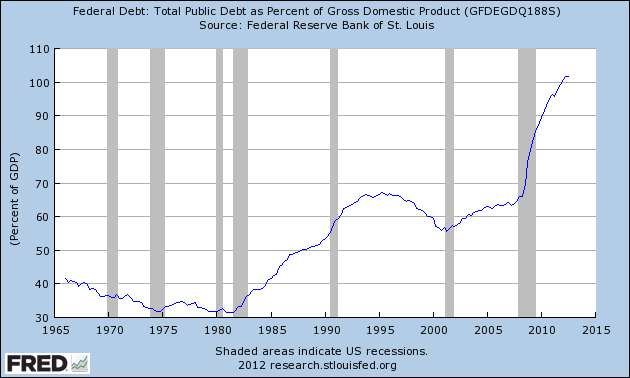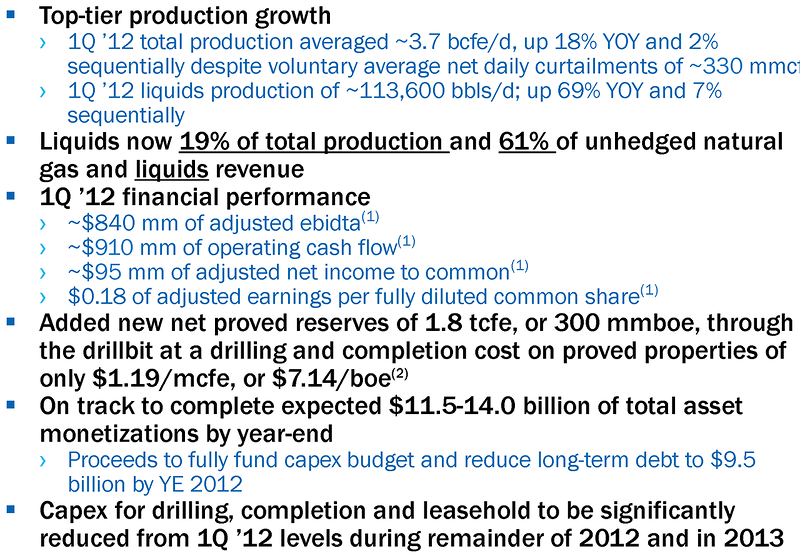What is a Value Trap Investor Bistro
Post on: 24 Апрель, 2015 No Comment

I love buying things on clearance and I’m sure I’m not alone.
Just the other day, I went online to replace my old running shoes. Much to my delight, I found the same pair I had previously purchased and really like. but for 40% off!
Now that they are “last year’s model,” the name-brand running shoes that I like are selling for bargain prices.
Stocks, like shoes or almost any other thing you can buy, can occasionally be found on the clearance rack. As any bargain hunter will tell you, the best part of shopping for these deals is when you find something that’s worth much more than its purchase price.
“Cheap” means one of two things. It might mean that something is priced below what it is really worth. In the world of stocks, this would be an investment with tremendous value.
But “cheap” might also mean that an item, while inexpensive, is just not worth what similar items are worth. In the world of stocks, this is called a value trap.
How can a Stock be a Value Trap?
As a stock falls, it begins to seem “cheap” when compared to its historical performance or to its competitors.
Just because a stock looks inexpensive on paper doesn’t mean it will climb higher. In fact, generally if a stock has fallen dramatically there is a good reason for it.
Value traps are stocks that look “cheap,” but are actually struggling because of issues with the underlying company. Perhaps the company is inferior to its peers, faces major legal or competitive problems, or is unlikely to survive as a business.
These are called “value traps” because the stock may seem like a great value, but it is really an investment trap.
Examples of Great Value vs. a Value Trap
What separates a value trap from a stock that is simply a great value is that, upon closer examination, you realize that the value trap stock is “cheap” for a good reason.
Here are two companies whose share prices have been under significant pressure over the past few months. One of these companies is a value trap. The other is, in my opinion, a great value:
Example 1 – Apple (NASDAQ: AAPL)
Recently, we have written about Apple stock, suggesting that Apple shares are “cheap.” Just last Thursday, we published Time to Buy Apple Shares on Investor Bistro. Shares of Apple have fallen around 30% since reaching an all-time high of over $700 just five months ago.
While Apple has received some negative press in recent months, I consider the issues minor when compared to the dominance of the iPad and the iPhone. Given that the foreseeable future of the global consumer technology market is largely in smartphones and tablets, investing in a company with the No. 1 or No. 2 product in both categories is already a good idea.
It’s just icing on the cake that Apple is so cheap right now.
Apple Value Trap Conclusion:
Cheap? Yes.
Value? Yes.
Value Trap? No.
Example 2 – Best Buy (NYSE: BBY)
Shares of Best Buy have fallen significantly since reaching an all-time high in April 2006 of just under $60 per share.
The stock has fallen almost 75% since that record high. In that regard, the stock might appear “cheap.”

If you step back and consider how its industry has changed, however, it is no wonder that Best Buy is struggling. Best Buy doesn’t sell specialty products that consumers can only get from Best Buy. Consumers can instead go to Amazon.com, Wal-Mart, or any number of other places. That’s exactly the problem.
Since Best Buy operates a more expensive infrastructure (buildings, retail employees, etc.) than Amazon.com, it will never be able to beat Amazon.com on price. Today, consumers go to Best Buy to check out products and then purchase them from Amazon.com for less.
The industry is fundamentally different now than it was when Best Buy traded for almost $60 per share. Almost all of this change has hurt Best Buy. This leads me to believe Best Buy will not survive, and is exactly why Best Buy is a value trap stock.
Best Buy Value Trap Conclusion:
Cheap? Yes.
Value? No.
Value Trap? Yes.
The Bottom Line
When considering whether or not a “cheap” stock is a great value, think of it in the context of my shoe example.
A value trap would be like me buying a counterfeit running shoe to replace my current pair. Sure, they may be the cheapest shoes available. But I won’t care about that if the shoe falls apart the first time I use it. A value trap stock looks cheap, but is probably more likely to head to zero than it is to return to its previous highs.
A stock that is truly a great value would be more like the shoe that is on sale simply because the model has been discontinued. It’s still the same name-brand shoe that I paid name-brand price for a year ago. But because a newer and flashier shoe has replaced it, I can get the premium shoe for a discounted price.
Buying a high quality stock at a bargain price requires patience. Ignore what the talking heads are telling you and focus on the basic fundamental question: “Is this stock falling for no reason? Or is it a value trap?”
Read more about Apple, understanding price vs. value and much more on Investor Bistro:














